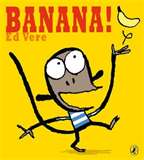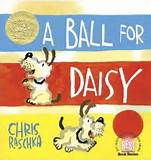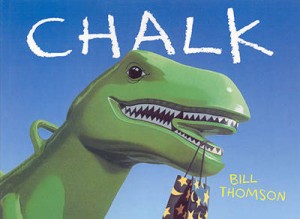 Happy April, everyone! A teacher-friend asked me for super-simple books for readers who are wrestling with her lowest-leveled texts. I shared BANANA! by Ed Vere and the kids went ape. The facial expressions on the two monkeys are so engaging, and the text is limited to two words: “banana” and “please” with either question marks or exclamation points. As I read, I pointed out how the exclamation mark and question mark change the way we read the words. (Print Concepts mini-lesson? Check!)
Happy April, everyone! A teacher-friend asked me for super-simple books for readers who are wrestling with her lowest-leveled texts. I shared BANANA! by Ed Vere and the kids went ape. The facial expressions on the two monkeys are so engaging, and the text is limited to two words: “banana” and “please” with either question marks or exclamation points. As I read, I pointed out how the exclamation mark and question mark change the way we read the words. (Print Concepts mini-lesson? Check!)
Banana! is perfect for readers’ theater. After reading the book to your students, split them into pairs. The kids can make their own monkey masks or hats or puppets. Give students time to practice their lines (nailing that Common Core State Standard of Fluency). Then, kids take turns performing for the class, reading their lines as you hold up the book and turn the pages.
You can make a silly spin-off book called “Apple!” Take photos of two teachers arguing over who gets to eat the apple and lay them out like Ed Vere’s pages. You can make lots of little class books like this if you have a digital camera – let your students be the stars of the book, arguing over and eventually sharing an orange, or a pencil, etc. Your students will go, well, bananas for this book!
I’ll be in Elizabeth, New Jersey this month to talk about the best books to teach preschool and kindergarden reading standards. Next month, I’m the keynote speaker for an early literacy conference in Michigan and I have two presentations to public librarians on Common Core State Standards. Please keep your fingers crossed for ice-storm-free travel days!


